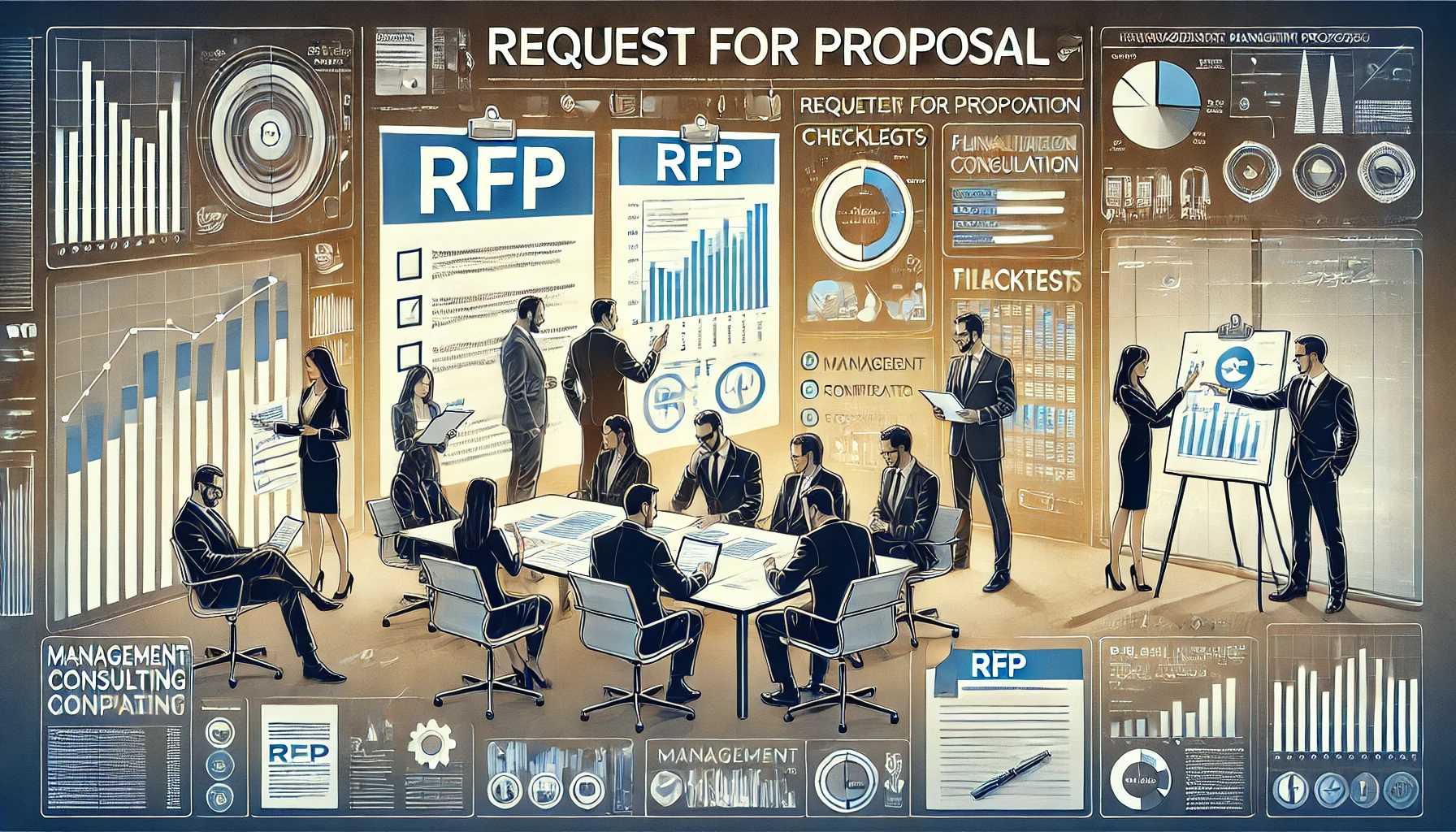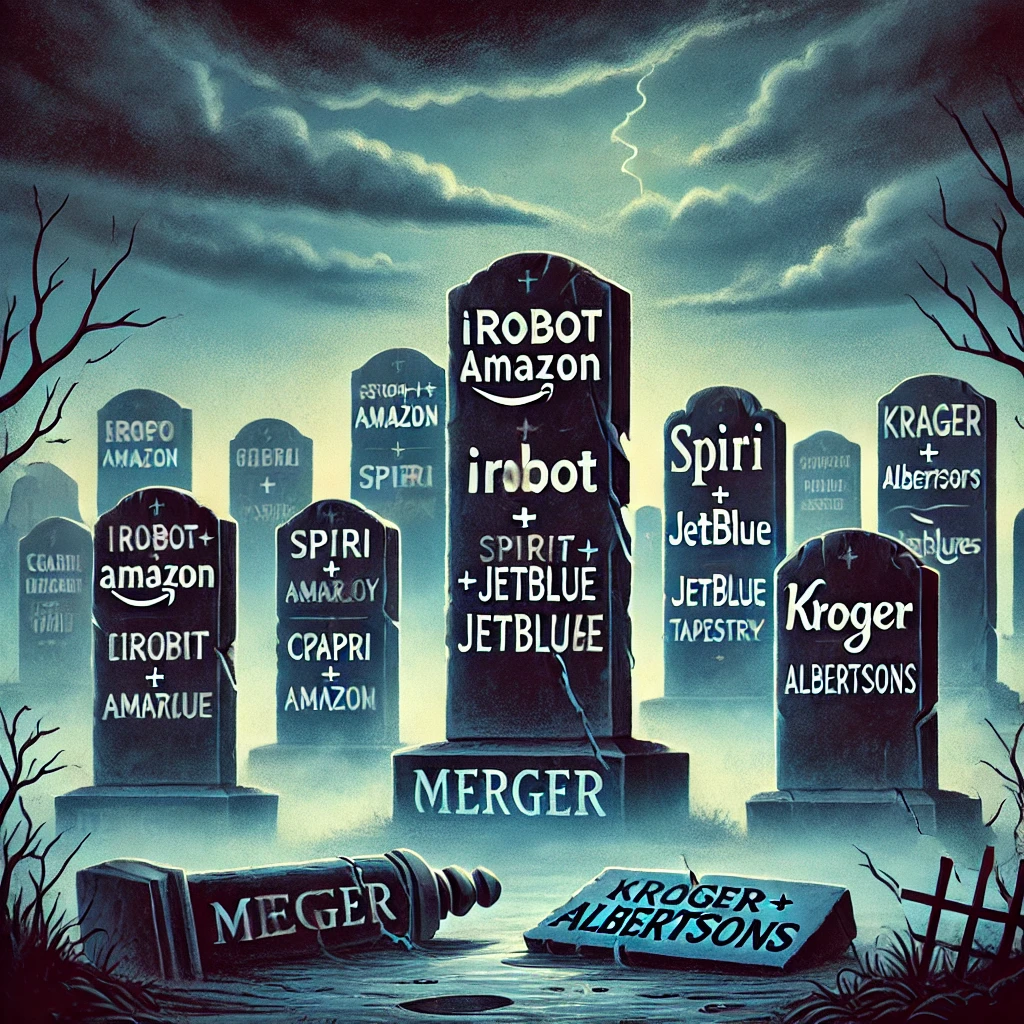AI & ML application in Telecom –
With #ChatGPT and #Bard being all the rage, clients have recently been asking us how they can best leverage AI to improve their business and operations. Mansoor Panawala, our Analytics and Insights advisor has penned this article to highlight some of the key use cases for AI in telecom and how it can impact both customer-facing and back of the house functions. While identifying the key use cases and sizing the impact for a client may be somewhat straightforward, as Mansoor says, getting the data capture, analytics platform, and analytics leadership right is critical for long-term success.
Telecom companies operate in a fiercely competitive environment where customers readily switch to competitors if they are not satisfied with their service. Telcos have been trying to reduce churn based on analyzing customer behavior alone over the past 10 years. With the rapid improvement in AI and ML capabilities, these companies can reduce churn by analyzing more than just customer behavior (while it is still the most promising). 5 key applications of AI and ML to reduce customer churn include:
1. Analyze customer behavior: AI can be used to analyze customer behavior and identify patterns that are associated with churn. Vodafone is leveraging AI and ML to analyze customer behavior and minimize churn by utilizing a machine learning algorithm to predict the likelihood of customer churn based on factors such as frequency of contacting customer service, data usage, and payment history, which assigns each customer a “loyalty score”. By identifying these patterns, telecom companies can take proactive steps to address customer concerns and improve their overall experience.
2. Personalize offers: AI can also be used to personalize offers for individual customers. AT&T is using AI and ML to personalize offers for its customers and reduce churn by analyzing customer data and identifying which products and services are most likely to appeal to individual customers, such as a data-heavy subscription plan for frequent mobile data users or an international calling plan for frequent travelers. By offering personalized plans and promotions, AT&T aims to increase customer loyalty and reduce churn, which has resulted in a 20% reduction in churn among customers who received personalized offers through its AI-powered marketing platform, according to a case study by Google Cloud.
3. Predictive maintenance: Telecom companies can use AI to monitor their networks and identify potential issues before they become a problem. Vodafone has also implemented “Smart Networks” using AI and ML to identify potential network problems before they impact customers, with machine learning algorithms analyzing network data to predict component failure. When an issue is detected, Vodafone’s Smart Networks system automatically generates a work order and dispatches a technician to fix the problem. By taking proactive steps to minimize service disruptions and increase customer satisfaction, Vodafone expects to see further improvements in network performance and reduced customer churn.
4. Improve customer service: AI can be used to improve customer service by providing customers with personalized recommendations and support. T-Mobile has implemented an AI-powered chatbot named “Tappy” that uses natural language processing (NLP) and machine learning algorithms to understand and respond to customer queries in real-time. Customers can access Tappy through the company’s mobile app or website, and the chatbot is capable of handling a range of queries from simple account management tasks to more complex technical support issues. T-Mobile’s use of Tappy has helped improve customer service, increase satisfaction and loyalty, and ultimately reduce churn.
5. Social media monitoring: Finally, telcos can leverage AI to monitor social media for mentions and sentiment about their company. Verizon Wireless has been using AI and ML to monitor social media platforms such as Twitter, Facebook, and Instagram, and identify unhappy customers, using sentiment analysis to prioritize responses based on the level of dissatisfaction. They have also implemented AI-powered chatbots to provide real-time support and personalized responses, resulting in improved customer satisfaction and reduced churn. As a result of this approach, Verizon reported a decrease in churn rate by 10 basis points in the second quarter of 2021.
AI and ML can be powerful tools for reducing churn in the telecom industry. By analyzing customer data, personalizing offers, predicting maintenance issues, improving customer service, and monitoring social media, telecom companies can identify potential churn and take proactive steps to retain customers.
Having a holistic analytics strategy that prioritizes data capture, analytics platform, and analytics team structure and priorities will be critical to maximize the opportunity that AI and ML offer. Understanding best practices in data capture, analytics platform, and analytics leadership will need to be a priority area for Telcos to get right if they want to win the battle of churn reduction.
If you’d like to discuss any of the use cases or best practices with data capture, analytics platform, and data science organization & leadership, reach out to us.







